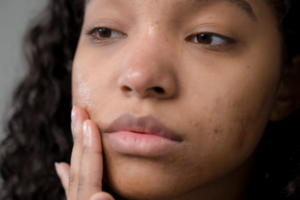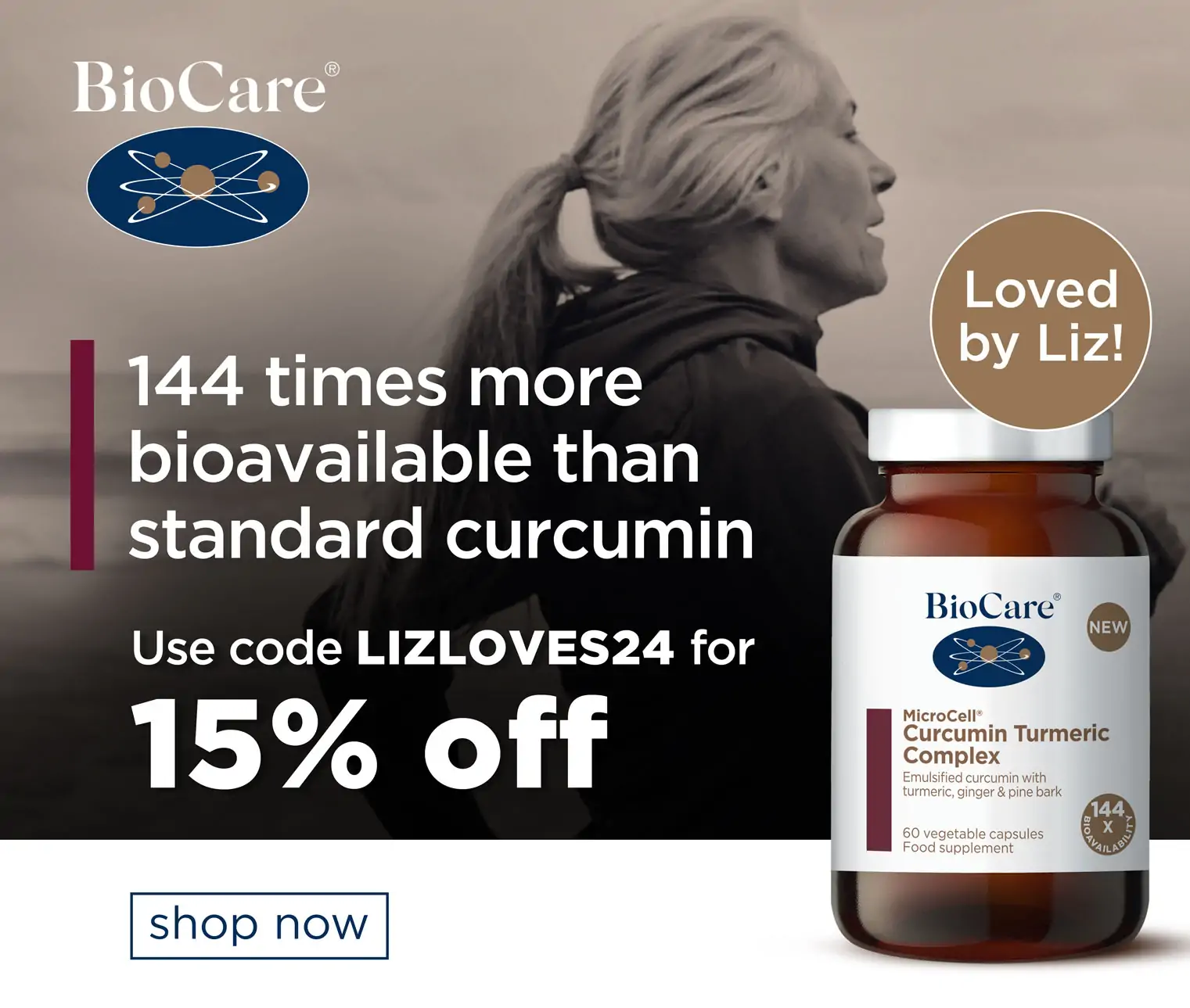Healthy Skin
How to deal with hyperpigmentation
Looking for advice on dealing with hyperpigmentation? This common condition is the result of excess melanin being produced in the skin. It looks like patches of skin that are deeper in tone than the rest of the body.
Sunspots and melasma are two different types of hyperpigmentation, for example.
We spoke to Dr Sajjad Rajpar, Consultant Dermatologist and Midland Skin Clinic Medical Director, for advice on dealing with hyperpigmentation. Here, he reveals how to prevent hyperpigmentation from happening and shares the best ingredients for treating it at home.
What is hyperpigmentation and why does it occur?
“Hyperpigmentation is when the skin produces too much melanin,” explains Sajjad. “The three most common types of hyperpigmentation are sun-induced pigmentation, melasma and post-inflammatory hyperpigmentation.
“Sun-induced hyperpigmentation is when somebody’s had excessive sun exposure. Both UVA and UVB stimulate the skin cells to produce more melanin to protect the skin from further skin injury. Eventually sun spots develop and the skin can start taking a bronzer, browner permanent colour, and we call that actinic bronzing.”
As Sajjad explains, other forms of hyperpigmentation can be caused by hormonal changes. As a result, women are affected more disproportionately than men.
“Melasma is a really common condition in patients with skin of colour,” he says.  “Here, pigmentation occurs in patches on the forehead, the upper lip and the cheeks. This is aggravated by hormones, such as those found in the contraceptive pill or during pregnancy, and it is also significantly aggravated by sun exposure. Family history is very common in this condition as well.”
“Here, pigmentation occurs in patches on the forehead, the upper lip and the cheeks. This is aggravated by hormones, such as those found in the contraceptive pill or during pregnancy, and it is also significantly aggravated by sun exposure. Family history is very common in this condition as well.”
Other forms of hyperpigmentation
Another form to be aware of is post-inflammatory hyperpigmentation.
“This is when any form of inflammation occurs on the skin and disturbs the pigmentation system in the skin,” says Sajjad. “Melanin leaks out from cells into the surrounding skin leaving pigmentation.
“The most common cause of post-inflammatory hyperpigmentation is acne and some people who are prone may get an acne spot where the redness just lasts a week but the pigmentation lasts several months after that and can be very distressing.”
In fact, it’s important to know that any form of inflammation or injury can cause post-inflammatory hyperpigmentation. A cut, a burn, or a rash like eczema can all leave hyperpigmentation.
“Pigmentation problems are extremely common, and it is definitely more common in some people than others,” says Sajjad. “People who have skin of colour are more vulnerable because they have much more richness of melanin in their skin. The skin is much more reactive to hyperpigmenting when there is any form of inflammation or change.”
What can we do about hyperpigmentation?
It’s worth remembering that all forms of hyperpigmentation worsen with the sun.
Meticulously using sunscreen on your face and body, which means reapplying every two hours, slathering plenty on and choosing a high factor, is essential for protecting your skin. Plus, staying in the shade, wearing a hat and avoiding peak sunshine hours can help to prevent hyperpigmentation happening or worsening.
“Somebody can spend months trying to improve pigmentation but sit in the sun for a few minutes and that can actually undo all the benefit,” explains Sajjad.
If you’re struggling with post-inflammatory hyperpigmentation, it’s best to try to deal with the underlying causes of the inflammation, for example treating acne and preventing the acne spots occuring.
You can also use agents to reduce melanin production in the skin.
“These include azelaic acid, retinols, and arbutin,” explains Sajjad. “There are also prescription and clinic-only products like hydroquinone and cysteamine, which are also very helpful in reducing melanin production.
“At home, you could also increase exfoliation to help shed the cells that contain the extra melanin. Exfoliating peels, salicylic acid, glycolic acid and retinols help exfoliate the skin and bring about a reduced level of pigmentation.”
Read Dr Sajjad’s advice on menopausal skincare here.





